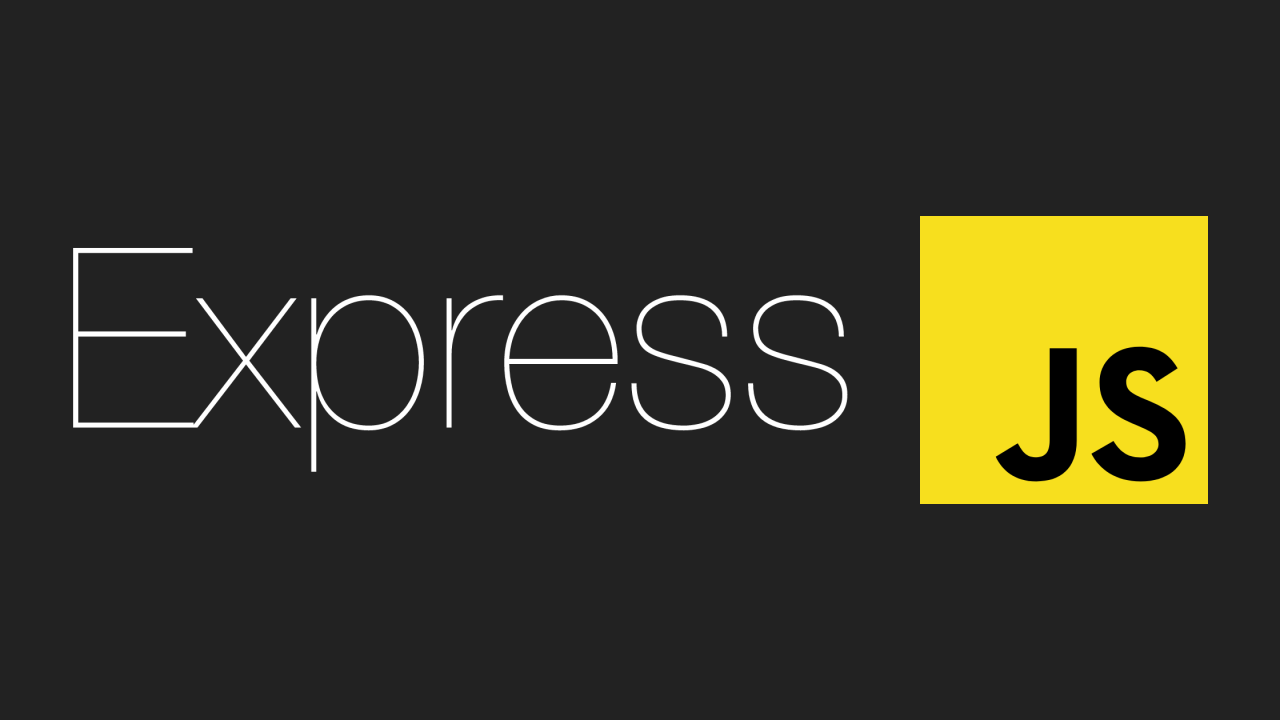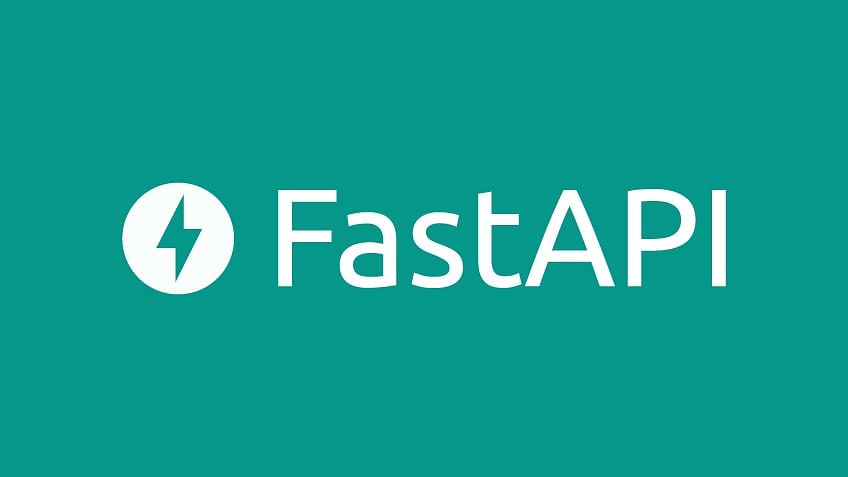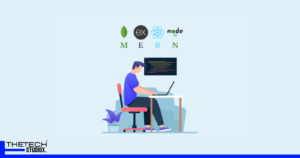Table of Contents
Top 7 Server Side Kotlin Framework
In the world of server-side development, Kotlin has emerged as a key player. It’s a modern, statically typed programming language that offers a rich set of features, making it a popular choice among developers for writing concise and expressive code. This article will delve into thetop 7 server-side Kotlin frameworks that are popular in 2024, diving deep into their features, advantages, and downsides. Let’s get started!
What is Kotlin?
Before we dive into the frameworks, let’s quickly touch onKotlin. It is a cross-platform, statically typed, pragmatic programming language with type inference. Kotlin is designed to interoperate fully with Java, and the JVM version of Kotlin’s standard library depends on the Java Class Library.
This language was introduced by JetBrains in 2011 as an alternative to Java. Google declared it the official Android development language in May 2017. Kotlin is not just limited to Android development but is also embraced in various software development domains, including backend development, desktop application development, and data science and analytics.

Choosing the Right Server-Side Kotlin Framework
There’s no one-size-fits-all when it comes to selecting a server-side Kotlin framework. The choice heavily depends on the specific requirements of your project, such as performance, scalability, and ease of use. It’s crucial to understand the strengths and weaknesses of each framework to make an informed decision.
Now, let’s dive into the top 7 server-side Kotlin frameworks and explore what they have to offer.
1. Ktor
Ktor, developed by JetBrains, is a lightweight, asynchronous framework designed for creating web applications in Kotlin. It’s known for its simple and intuitive Domain Specific Language (DSL) for defining routes, managing requests, and configuring server requirements.

Pros of Ktor
- Simplicity: Ktor’s DSL is easy to understand and use, making it an excellent choice for beginners.
- Asynchronous Support: Ktor supports coroutines, which makes it possible to write asynchronous code in a straightforward, non-blocking manner.
- Websockets and HTTP/2 Support: Ktor has built-in support for Websockets and HTTP/2, enhancing the performance and scalability of server applications.
Cons of Ktor
- Limited Community Support: Being relatively new, Ktor doesn’t have as large a community as some other more established frameworks.
- Documentation: While improving, Ktor’s documentation may be lacking in some areas compared to other older, more established frameworks.
2. Quarkus
Quarkus is a Kubernetes-native Java stack tailored for GraalVM and HotSpot, crafted from the best of breed Java libraries and standards. Developed by Red Hat, it’s designed for building microservices and serverless applications.

Pros of Quarkus
- Fast Startup Time: Quarkus is designed to have a very low startup time, making it suitable for serverless applications and microservices that need to start quickly and serve a request.
- Kotlin Support: Quarkus supports Kotlin, making it easy for Kotlin developers to build applications with this framework.
- Integration with Popular Libraries: Quarkus integrates with popular libraries such as Hibernate, making it easier to work with databases.
Cons of Quarkus
- Relatively New: As Quarkus is relatively new, its community is not as large or active as some other more established frameworks.
3. Spring
Spring, one of the most popular server-side frameworks, offers first-class support for Kotlin. This framework is widely used for building enterprise-grade applications due to its robust set of features.

Pros of Spring
- Robust Features: Spring offers a wide array of features such as dependency injection, data access, transaction management, and more.
- Kotlin Support: Spring provides a Kotlin API, which makes it easier for Kotlin developers to use this framework.
- Large Community: Spring has a large and active community, which means you can find a lot of resources, tutorials, and solutions to common problems.
Cons of Spring
- Steep Learning Curve: Due to its vast array of features, Spring has a steeper learning curve compared to some other frameworks.
- Heavyweight: Spring is sometimes criticized for being too heavyweight or overkill for simple applications.
4. Micronaut
Micronaut is a modern, JVM-based, full-stack framework for building modular, easily testable microservice and serverless applications. It supports Kotlin and offers features like dependency injection, HTTP/2, and serverless support.

Pros of Micronaut
- Fast Startup Time: Like Quarkus, Micronaut is designed to have a very low startup time, making it suitable for serverless applications and microservices.
- Kotlin Support: Micronaut supports Kotlin, making it easy for Kotlin developers to build applications with this framework.
- Reduced Memory Footprint: Micronaut’s use of Ahead-of-Time (AOT) compilation results in reduced memory footprint and faster startup times.
Cons of Micronaut
- New and Evolving: Micronaut is relatively new and evolving, so there may be changes and improvements in the future that could potentially break your existing code.
5. Javalin
Javalin is a very lightweight web framework for Kotlin and Java, designed to be simple and blocking by default, and provides a flexible and modular API.

Pros of Javalin
- Simplicity: Javalin’s API is designed to be simple and straightforward, making it a good choice for small to medium-sized applications.
- Kotlin Support: Javalin supports Kotlin, making it easy for Kotlin developers to build applications with this framework.
- Lightweight: Javalin is very lightweight, which means it has a minimal impact on your application’s startup time and memory usage.
Cons of Javalin
- Limited Features: Javalin is not as feature-rich as some other frameworks, which means you may need to implement some functionality yourself or use third-party libraries.
6. Express.js
Express.js is a minimal and flexible Node.js web application framework that provides a robust set of features for web and mobile applications. Despite being a JavaScript framework, it supports Kotlin through the Kotlin/JS transpiler.

Pros of Express.js
- Simplicity: Express.js is straightforward and easy to use, making it a good choice for beginners.
- Flexibility: Express.js is very flexible and unopinionated, giving developers a lot of freedom to structure their applications the way they want.
- Large Community: Express.js has a large and active community, which means there are plenty of resources available.
Cons of Express.js
- JavaScript-based: Express.js is a JavaScript-based framework, so if you’re a Kotlin developer, you’ll need to use the Kotlin/JS transpiler to write your backend in Kotlin.
7. FastAPI
FastAPI is a modern, fast (high-performance), web framework for building APIs with Python 3.6+ based on standard Python type hints. While it’s a Python-based framework, it supports Kotlin through the Kotlin/JVM interoperability.

Pros of FastAPI
- Speed: FastAPI is designed to be fast, making it a great choice for high-performance applications.
- Ease of Use: FastAPI is easy to use, making it a good choice for beginners and experienced developers alike.
- Automatic API Documentation: FastAPI automatically generates API documentation, making it easier for developers to understand and use your API.
Cons of FastAPI
- Python-based: Just like Express.js, if you’re a Kotlin developer, you’ll need to use Kotlin/JVM interoperability to use FastAPI.
Wrapping Up
Choosing the right server-side Kotlin framework depends heavily on the requirements of your project, the skills of your development team, and the long-term goals of your application. While each of the top 7 server-side Kotlin frameworks has its strengths and weaknesses, they all provide powerful capabilities for building robust, scalable, and efficient server-side applications.
Whether you’re a seasoned developer or a newcomer to the Kotlin world, understanding these frameworks can help you make an informed decision and choose the one that best fits your needs. Remember, the best framework is the one that helps you achieve your goals effectively and efficiently. Happy coding!
Related:



